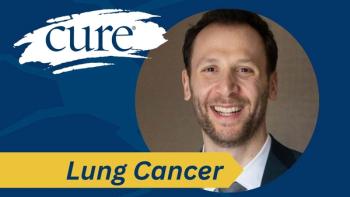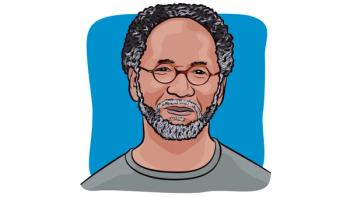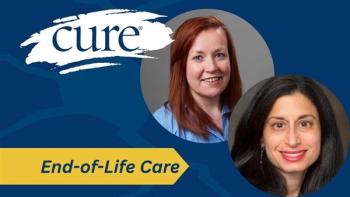
Patients with Brain Cancer Are Just a Click Away from a Second Opinion
Penn Medicine launches program that allows people with brain tumors to access remote medical plans.
Many patients, survivors and caregivers often advise people who are newly diagnosed with cancer to be their own best advocate. That involves asking questions, conducting research and, sometimes, seeking a second opinion.
For patients with
Penn Medicine is now offering second opinions to patients, without them ever having to step foot inside the Penn Brain Tumor Center in Philadelphia. A new telemedicine
“All the scans and medical records can be digitized, so that would pave the way if they want to come to Penn for actual treatment or intervention,” Steven Brem, M.D., co-director of the Brain Tumor Center and director of Neurosurgical Oncology at UPenn, said in an interview with CURE. “I think we are in a position that if someone doesn’t have access to the latest innovative technologies I can find the experts here and give a group report.”
First, an online form must be filled out. Then, a team will review the patient’s documentation. After that, a neurosurgeon will review medical history, current diagnosis and available images with the patient’s health care provider to make a recommendation for the best treatment approach. A second opinion will likely be submitted to the referring physician within seven to 10 business days after receiving all documents.
“Patients with brain cancer often seek second opinions but usually there is a lot of travel involved and some delay. Hopefully this will make it faster and maybe better,” Brem said. “It’s meant to raise the bar, provide convenience and give people peace of mind.”
The Penn Brain Tumor Center has several clinical trials underway that are creating hope for patients with brain cancer that include therapies such as chimeric antigen receptor (CAR)-T cell therapy, immuno-oncology, a DNA vaccine and surgical technology like brain mapping and a dye that can help distinguish cancer cells from healthy tissue during surgery.
“Patients are living longer, so there is that light at the end of the tunnel,” Brem said. “We are on the verge of big breakthroughs because we see CAR-T cell, immuno and PD1 therapies that work and are really making incurable tumors treatable and curable.”
However, Brem acknowledged that the gap in cancer care is a problem throughout the world. He referenced a 2015 cover story in Time magazine, titled





